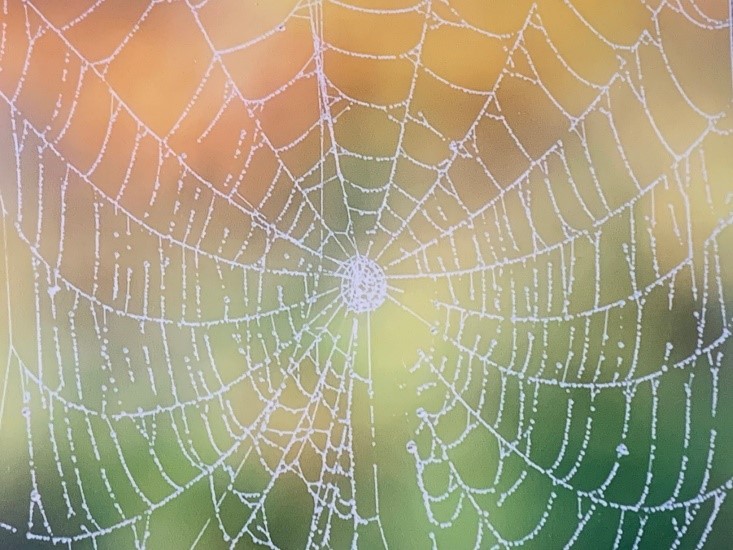
Dear Mayfield,
Web Notes provides a series of thoughts and information to keep strong our connections in these days and weeks of physical isolation. Today, I want to briefly write about two things that are important in our pandemic worship. First and foremost, we worship from scattered locations to collaborate consistently with the profound efforts of public health staffs in these days. On our behalf, they currently face a mountain of daily tasks beyond imagination, seven days a week. On those tasks rests our wellbeing across the community. Sheltering in place, even in worship, is one embodied form of our prayer with them that we now offer.
The Roman Catholic Church has an understanding of home as a setting for domestic worship. That has not routinely been a theological tenet of worship in Protestant practice. In the spring of 2020, we are growing into an experience of domestic church. That was so clear to me at home last night as I shared in our Maundy Thursday liturgy. In a sense when we worship at home, we add layers of blessing to where we dwell that it might function as a space of sanctuary in our lives.
Below are two pictures from locations of domestic worship last evening in the Mayfield family. The first picture is from the Scotts. Their Tenebrae candles were set up on a copy of the Periodic Table of Elements. They embedded worship in the importance of science in their family. That choice speaks to who they are. It’s also a beautiful reminder of the potential weaving together of the scientific and the spiritual as conversation partners. Mystery permeates both of them. Through the scientific and the spiritual, we are continually stepping out into an unfolding world, only over time revealing itself to our understanding.

A second picture is from Peggy, her Christ Candle at the end of the Tenebrae readings and lights. Even in dark and difficult days and nights, the light of new life persists. That light is ours to perceive, so that it might animate who we are at home, in our neighborhoods, workplaces, and communities, and across the world, reminding us we are never fully absent from one another.

I recall precious little from a childhood spent in Sunday School classrooms in several denominations. At some point, in my elementary years, at Trinity United Methodist Church in Auburn, NY, my male teacher said clearly to us: “The church is not a building. It is the people.” Wherever we are, even in these days when we withdraw from any unnecessary physical contact with one another, we, the people, are the church, dispersed and bearing the light. Peace, Martha

